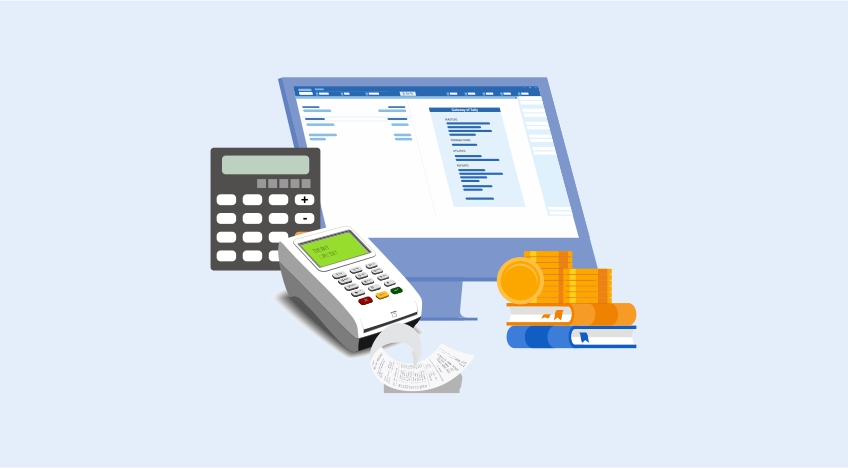- VAT registration in Uganda
- Do you need to register for VAT in Uganda?
- Steps to register for VAT
- Compliance after VAT registration
VAT registration in Uganda
VAT registration in Uganda is the process of registering for VAT so that your business can claim input tax later when you file for VAT returns. The VAT registration process in Uganda involves very few steps. Businesses that fall under certain categories must register for VAT but businesses can voluntarily register for VAT even if they don’t meet the threshold level. This is possible as long as the businesses are operating from a single location, and have maintained books of accounting correctly.
Do you need to register for VAT in Uganda?
VAT registration in Uganda is mandatory for certain businesses. You must register for VAT if:
- You have a taxable turnover of UGX 37.5 million from your business operations in 3 consecutive months.
- You have an annual turnover of UGX 150 million or more.
- You fall in the category of the regional authority, public authority, national authority, or local authority and your business is located in Uganda. If you are part of this group then your turnover does not matter as the URA mandates that you register yourself for VAT immediately.
When referring to a turnover in Uganda, it means the value of the taxable supplies that you have manufactured in Uganda. The turnover also includes goods that you have exported and the supplies which come under the zero-rate VAT. In Uganda, the standard rate supplies are those on which VAT is applicable and the standard VAT rate of 18% is applied to such goods and services. Every business must calculate its turnover regularly to file returns, pay VAT, and comply with the rules set out by the URA. Using an ERP system such as TallyPrime can help make record-keeping, report generation, and compliance effortless.
Steps to register for VAT
VAT registration in Uganda can be done as follows.
Step 1: Log in using credentials
You need to visit the URA’s official website and log in using your login id and password. If you do not have an account then you need to create one by simply giving a few details such as TIN, passcode, and so on. Once you sign up, you can log in using your credentials.
Step 2: Download the form
You need to download the VAT form, fill it out and submit. You need to go all the way to the end of the page where you will see the ‘Download Forms’ section. Click on the ‘Download Online Forms’ and then click on ‘DT-1011’ which is on the same row as the ‘Annexure 2 for VAT Registration.’
Step 3: Complete the VAT form
The form has many fields and you need to ensure you fill it up completely. You will be required to fill in your business turnover details and so on.
Step 4: Validate
There is a ‘Validate’ option available after you complete the form and fill in the mandatory fields in the form. If any errors are present, the prompt will let you know and you must correct them before validating again. When you are done, press ‘Ok’. You are now registered for VAT.
Compliance after VAT registration
After you have successfully registered for VAT, it is your responsibility to ensure you charge 18% VAT on every taxable product you sell to a resident of Uganda. You are also required to furnish proper invoices to every customer and ensure all the details are included in the invoice. Every invoice should contain the following details:
- TIN of buyer and seller
- BRN or NIN of buyer and seller
- Date and time of fiscalization
- Address of both the buyer and seller
- Tax amount
- Gross amount
- Net amount
- Verification code
- Number of items
- QR code
- Invoicing issuing mode
You can check the URA website for a complete list of essential details that must be in every invoice.
While charging VAT and collecting it from your customers is vital, there is another facet to VAT compliance which is filing your returns. The VAT returns must be filed by the 15th of the next month. For example, you will file the VAT returns for September by the 15th of October. VAT must be filed timely and without delay. You also need to pay the URA what you owe in terms of VAT. By ensuring you are collecting VAT, issuing correct invoices, filing your returns, and paying the correct VAT amount to the government, you can stay compliant.
Read More:










